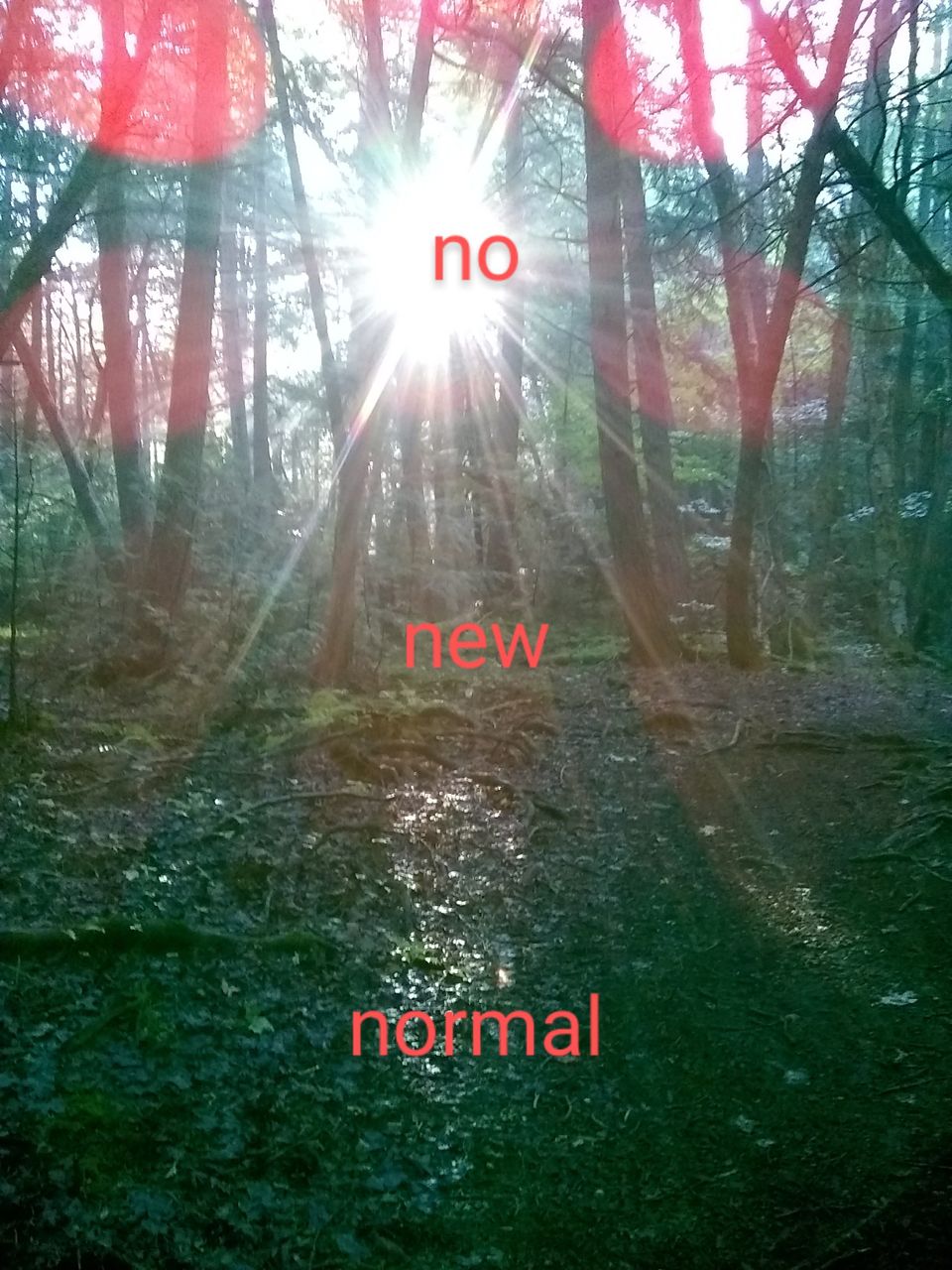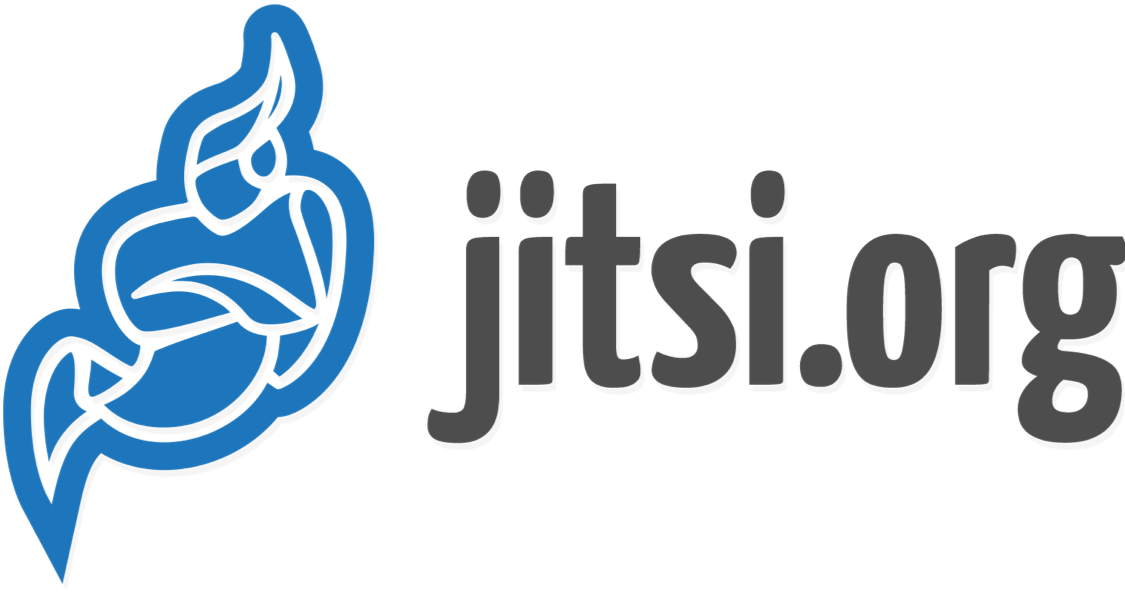How digital can help us become more inclusive
Even though this pandemic has gone on for months, it’s not clear that we have developed sufficient critical distance to properly understand its impact. We touched upon this at the start of the week, in appreciating the plight of long haulers and why this virus and accompanying disease should be taken seriously.
One of the dynamics we discussed was how the number of people dying from the virus are rapidly declining, but the number of people who face permanent health issues are growing.
In an ablest society, this acts as a kind of blind spot. We tend to have a false collective assumption that health is binary. Either we’re healthy, or we’re sick. If we’re sick, we should be fixed, so we can be healthy again. Otherwise if we remain sick, we’re broken, and then tend to be marginalized by society and sometimes forgotten.
This may sound harsh, but it’s not much of an exaggeration when describing how our society deals with the ill and disabled.
As someone who identifies as both, I’ve found a bit of solace in the milieux or culture that this pandemic has enabled. The very real threat of getting sick has forced society to reconfigure itself to be more accommodating, with working and learning from home being the most significant.
I’ve never held an actual “job” in my life as I’m not able to go to an office or work site and stay there for 8 hours without having some kind of health issue. In some cases I could pull this off for a few days, or even a few weeks, but doing so would result in health consequences I’d have to deal with an manage.
Yet now that working from home has been normalized, I have a different sense of optimism and relief. That all of a sudden I might be able to participate in aspects of work and the economy that were previously inaccessible.
This is one of the reasons why the slogan, there is no new normal, is gaining traction.
— Dave Fingrut 🍊🌹Ⓐ (@fingrut) August 24, 2020
Pre-pandemic the tyranny of normal marginalized and excluded people who did not fit into the often narrow notion of what is normal. While the conforming power of “normal” has arguably existed for as long as time, it has certainly come under attack of late and was beginning to weaken. Is the pandemic the death blow to normal as we know it?
Internet sub cultures were already using “normie” as an insult and dismissal, although most institutions had not yet adapted to how cultures were rethinking identity and community.
The rapid shift to remote work and learning has inadvertently created spaces that further subvert the notion of normal and make it easier for diverse peoples and in particular people with disabilities to be active participants in society.
Just like that old joke, nobody on the Internet knows if you’re a dog, has become, nobody on the Internet cares if you’re disabled, or not what others would define as normal. Quite the opposite. The Internet likes people who are different. Remote and virtual work helps make that possible.
Thanks to Zoe Beery for speaking to me and so many disabled people for this piece in the @nytimes: "When the World Shut Down, They Saw It Open" https://t.co/igAOpKvKna
— Amanda Morin is weary (@AmandaMorin) August 24, 2020
Since March, when the coronavirus pandemic placed limits on public life, Ms. Sotnikova has had many more chances to join in: House parties, professional conferences, activist meetings and improv classes, often held in spaces that she cannot fully access, have suddenly opened to her through her screen.
“At some point, nondisabled people had decided that such things were unimaginable,” said Aimi Hamraie, a disabled scholar who directs the Critical Design Lab at Vanderbilt University, which takes a multidisciplinary approach to designing for accessibility. “And then overnight they became imaginable by necessity.”
Many nondisabled people have reported that while remote work has improved their quality of life, virtual socializing has been draining and disappointing. But for some of the 61 million Americans with disabilities, the ability to work, learn and socialize from home has been an unexpected expansion of possibility.
This is one of the reasons why returning to normal or finding a new normal is so problematic. There’s no reason why everyone’s needs cannot be accommodated and served. Through the inconvenience of physical distancing and quarantine, healthy people can not only learn how much privilege they have, but also appreciate how difficult it can be for others, and why there is a genuine need for mutual and institutional flexibility.
People with disabilities have been asking for remote accommodations for decades, Dr. Hamraie said, particularly at work and school, though their requests have often been denied on the basis of the time and cost to implement them.
These days, most work that can be done from home is being done from home, with a June paper from the University of Chicago estimating that more than one-third of jobs can stay that way. Academic conferences, fitness classes, nightlife and live performances have also moved online, for now.
As the country continues its piecemeal reopening, these glimpses of a remotely accessible world are starting to recede. Still, many hope that some of these accommodations can outlast the pandemic and make way for a hybrid model where physical and virtual access are universal.
The irony is that this hybrid model works for everyone, not just people with disabilities and chronic illnesses.
Many firms who have switched to remote work are finding increased productivity and focus as commuting times disappear and unnecessary meetings may be easier to avoid. Of course there are still inefficiencies and learning curves, but for many the desire is not for an either or but a both. A balance of in office and in home work.
However there’s a larger issue of talent and diversity. Flexible working arrangements make it easier for people who would otherwise be excluded to be active participants in the workforce and in the broader knowledge economy.
One of the delicate aspects of disability and chronic illness is deciding when to disclose your health issues. For many there is no choice, but there can still be a desire to avoid awkward conversations or discouraging attempts to be included. Part of the potentially liberating aspect of remote participation is the possibility that such information is irrelevant.
Some people are enjoying their newly digital lives precisely because their disabilities now go unnoticed. Andrew Johnson, who is blind, recently got a job as a contact tracer in Boston. Because the position is fully remote, and his new co-workers haven’t met him in person, none were initially aware of his visual impairment.
“It’s been cool to see people’s reaction to my work alone, without any confounding variables,” he said. At previous jobs, he often felt that colleagues qualified his performance as “pretty good for a blind person” and didn’t engage with him as they would a nondisabled person. Now, he said he gets a sense of satisfaction when his co-workers are surprised to learn that, despite different parameters, “I’m clearly able to do the same work.”
I certainly appreciate that my illness is such that I can generally choose when to disclose it and not disclose it. However it has a huge influence on what I can do and not do, especially when it comes to work.
One of the reasons I love being a public speaker is that it largely allows me to manage my illness and disability on my own terms. For the most part work is just a presentation that lasts between 15 minutes and three hours.
Such brief and intense work allows me to rest when not performing or travelling. Every once in a while I’ll have a day long workshop or even one that lasts a few days, but I can always schedule time before and after to recuperate.
Virtual events are obviously even easier, and I do hope they continue as part of physical events in the future, so that they remain accessible and encourage remote participation.
As nondisabled people rush to return to face-to-face interactions, accessibility threatens to narrow back to pre-pandemic levels. But the window is still open to make accessibility permanent, ideally under the guidance of people with disabilities, who used online tools out of necessity well before they became universal.
“It’s been an opportunity to let people see: Here we are, we have the expertise, we have the knowledge, we have all the things to make your programs, your offices, better,” said Andraéa LaVant, a disability inclusion consultant in Tempe, Ariz. Let people keep working remotely, she said, because it means more people can work, more comfortably. Keep the live-streams going, even when the shows come back. It’s not just people with disabilities who appreciate the option.
The decisions that workplaces, cultural institutions and individual people make now won’t just affect people who currently have disabilities. They will also affect the growing number of recovered Covid-19 patients with lasting physical and neurological changes.
As this pandemic heads into a complicated fall and a potentially lonely and cold winter, our desire to “return to normal” should be replaced with a commitment to build a better future for all of us.
This is where and why inclusive design has an important role to play, in leveraging the potential of digital tools and virtual participation so as to expand the opportunities for people to participate in society.
What AI practices could produce more desirable futures for persons with disabilities? This and many more questions surfaced at an AI Now Institute workshop on disability, bias and AI. Report: https://t.co/CWzOhFSwzY. We Count, Learn page: https://t.co/7xCoXkZ7Gl. #AIresearch pic.twitter.com/m42r4oaIhU
— We Count (@WeCountproject) August 21, 2020
We Count is a project out of OCAD University in Toronto that we’ve profiled previously and continue to follow closely.
While their work has largely focused on inclusivity and AI, their framework applies to technology and inclusivity in general. I anticipate that they will be active in this area as the pandemic moves forward and the opportunity to increase institutional inclusivity expand.
Although let’s not forget the focus of our Future Fibre series, which is addressing the digital divide and the sad reality that many remain excluded from active remote participation due to crappy Internet connections.
This blurring of work and home, of the public and private realms should make us reconsider the digital divide differently (because not everyone is as wired in as the above author).
— Justin Longo (@giustinolongo) August 24, 2020
See the recent piece by @CherylACamillo and me https://t.co/ENHQgiWADI
In this essay Justin and his co-author Cheryl conclude with a relevant and interesting parallel regarding the need to reject “normal”:
But the COVID-19 pandemic challenges us to think differently about the kind of Canada we want to create to face the digital future. We need to stop thinking about the Internet as a normal consumer good. Instead, Internet service should be thought of in parallel to water and power, delivered by publicly-owned and operated utilities.
Word.



